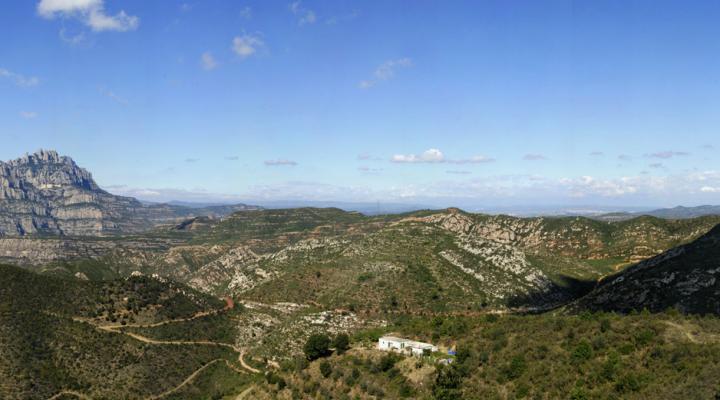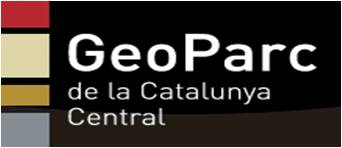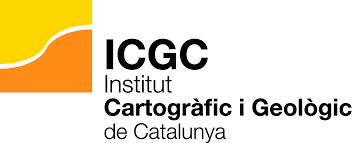
Puigventós Mountain
A privileged lookout point over the Llobregat River and the Montserrat massif, and the western extension of the mythical mountain, Puigventós is a rugged, geologically diverse space, a place of austere beauty just near the large metropolis of Barcelona.
ALL THE SPACES IN THE NETWORKGeology
Puig Cendrós and Puig Ventòs are the peaks in the Precoastal Mountain Range which afford outstanding southward views of the plane of the Vallès-Penedès depression and northward views of the rolling hills of the Ebro River valley, where the Mountain of Montserrat rises up. The pre-littoral range, although more modest, was formed at the same time as the Pyrenees, during alpine orogenesis. Tectonic compression resulted in the Paleozoic and Mesozoic rocks slowly rising and overlapping over Tertiary materials in the Ebro Basin.
Other outlying rocks are Paleozoic slate and metamorphic rocks, Triassic red and limestone sandstone and clay. Towards the north of Puig Cendrós are outcroppings of sandstone, clay and conglomerates from the Tertiary from the Ebro River basin.
Due to the tectonics, the layers from the Triassic are steeply sloping or even vertical, just like the layers from the Triassic when they meet, but further north the Tertiary layers were deposited increasingly horizontally.
The landscape further north is marked by the presence of the Montserrat massif, a mountain that was not formed by tectonics but by the distinct erosion patterns between hard rocks (conglomerates) and softer rocks (clay and sandstone). Its characteristic shape is the result of the action of water on the conglomerate rock, which seeps into it through a thick layer of joints (fractures) which split the rocks of Montserrat.
Because of its unique geological features, it has been declared a Geological Space of Interest by the Department of Environment and Housing (geozone 327).
Space included in the GeoParc of Central Catalonia

